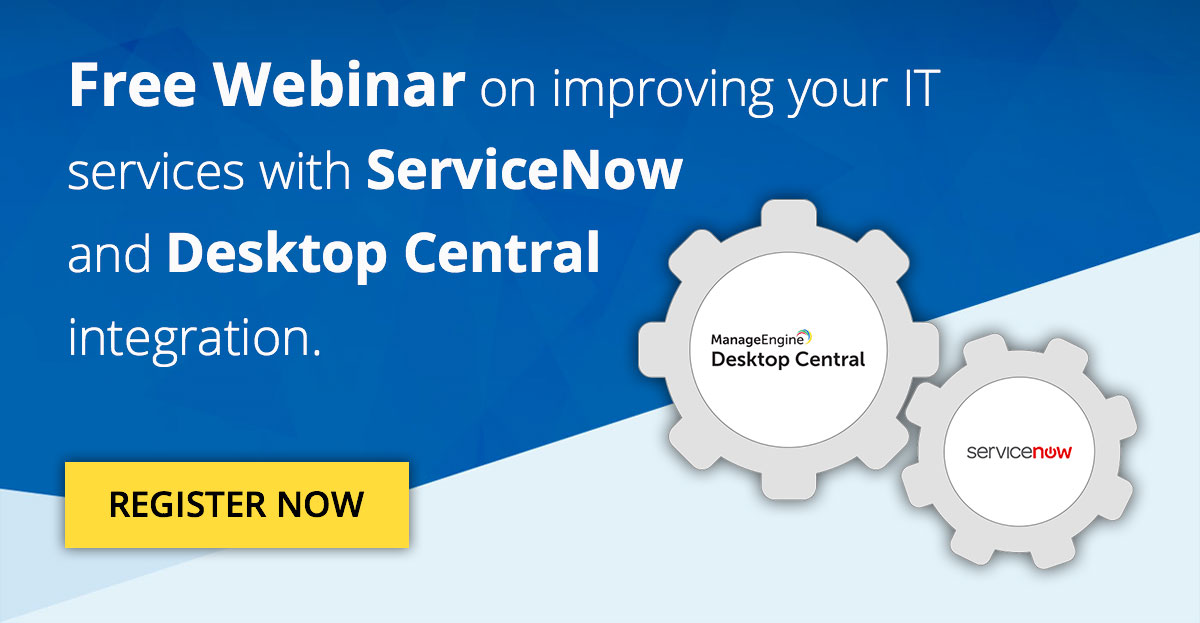

The database is probably locked down, but this information can pass through the MID Server, so the cloud isn't touching your server directly.

Once you have this query planned, put the credentials, server name, and database information into a Data Source record with type set to JDBC. Note that LANSweeper may change their schema in between versions, so you'll want to work with the application owners during upgrades. From there, start experimenting with SQL Queries to assemble a single table that gives you the data you need. Unfortunately, I cannot recall what we used as a base table, but someone familiar with SQL Server Management Studio can help you navigate the tables and find the information you need. Simply create a local, read-only MS SQL account and browse through the schema. Lansweeper hosts its data on a MSSQL database, so you can easily hook into the system using the JDBC Data Source drivers. By opening sub-tasks from my assignment, the time spent by all parties concerned is tied together for more meaningful cost accounting.My old company used Lansweeper to populate the CMDB because it was one of the only tools that contained our full UNIX and Windows environment. For example, I may have a task to build a new vm, and need to open tasks for networking, security accounts, software installation and so on. To help with making sense out of related tasks, when a task is assigned to me and I need to open another task for a different team to work in order to complete my task, I can open a sub-task from my ticket so that the relationship between the two can be pulled up later into reports.For example, IP Address, server name, raw text, classification, and so on. Numerous fields for CIs can be used when trying to find the entry for a particular item.



 0 kommentar(er)
0 kommentar(er)
